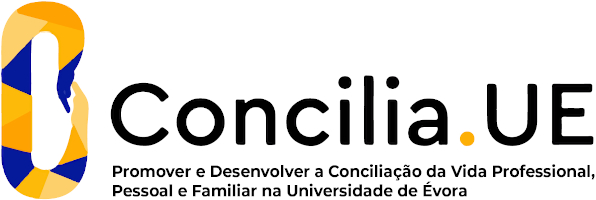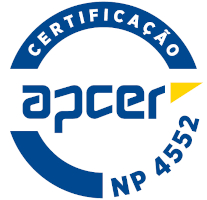Architectural Drawing IV
Sustainable Development Goals
Learning Goals
The objectives of this course is the understanding architectural drawing not only as the basis for architectural creation but also as a system of representation, verification and explanation of the architectural idea and subject, as well as medium for the expression of intimate thoughts of the architect.
The premise that development of this substance on the following main objectives:
a) knowledge and mastery of architectural drawing as a system of recognition, understanding and coding of reality; b) knowledge and mastery of architectural drawing as a means of architectural representation of the idea;
c) knowledge and mastery of architectural drawing through their history, as a means of knowledge of architecture and architects;
d) knowledge and mastery of architectural drawing and its techniques, understanding of the possibilities of creative appropriation and manipulation of them for the sake of accuracy and expressiveness.
Contents
Syllabus:
a) History of drawing in Architecture
To learn how to draw a design, an idea.
b) Topics
- Expressiveness, intentionality and personality of architectural design;
- The drawing and project as an interactive process;
- The model concept;
- The architectural drawing and utopian architectures.
Theme:
The theme of this course is organized to explore drawing as a synthesis of architectural ideas.
Drawing as a proposal
1.1 The purposeful design. Flexibility and ambiguity .
1.2 The proposal for the architectural drawing, the solution space.
1.3 Draw to propose. The workshop, the competition, publishing the work.
1.4 The architectural design as an end in itself. The boundaries of art. The utopian architectures. In the Sant'Elia ledoux. From Le Corbusier to Superestudio. Friedman to Hadid.
Teaching Methods
Teaching Methodologies:
Learning activities will be undertaken both in and outside, structured according to the following formats:
a) Lectures;
b) Practical Classes.
Assessment
Attendance (P) in classes is mandatory (75% of classes).
The absence of students in assessments, when not duly justified, implies a negative weighting of the classification.
The calculation of the classification presupposes the progression of the levels of requirement of the exercises, as well as the temporal perspective and the synthesis of learning.
The final classification, considering attendance (P) and the student's overall achievement, will be the weighted average of the two classifications (Av1+Av2) predicted for the semester, and the classification of the graphic diary (DG).
Normal exam (EN)
Final Grade = (0.05xP) + (0.70xAv) + (0.25xDG), whose minimum grade is 10 points.
Resource exam (ER)
Final Grade = (0.4xEN) + (0.60xER), whose minimum grade is 10 points.
Recommended Reading
AALTO, Alvar, Les relations entre lôarchitecture, la peinture et la sculpture, Publicado en Alvar Aalto Synopsis, Malerei, Architektur, Skulptur, Geschichte und Theorie der Architectur, Zúrich, Eidgenössische Technische Hochschule, 1980.
COOK, Peter: Drawing. The motive force of architecture, John Wiley & Sons Ltd, 2008.
COOPER, Dennis; HAINLEY, Bruce y SEARLE, Adrian, Tom Friedman (Contemporary Artists) , Paperback, Phaidom, 2001.
DABNER, David, Diseño maquetación y composición. Comprensión y aplicación. Quarto Inc, 2003. Naturart, S.A. Editado por Blume, 2005
ELAM, Kimberly, Sistemas reticulares. Principios para organizar la tipografía. Princeton Architectural Press, 2004. Gustavo Gili, 2006
G.BACHELARD, La poética del espacio. México: Fondo de Cultura Económica, 1985.
Teaching Staff
- Paula Alexandra Caeiro Esteves Pinto [responsible]





















